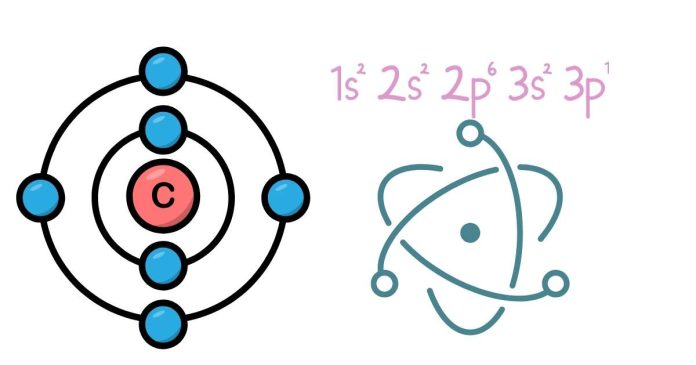An element that already has 8 valence electrons is neon (Ne). Neon is a noble gas, and like all noble gases, it has a full outer electron shell, which is typically stable and does not readily form bonds with other elements. This complete set of 8 valence electrons makes it chemically inert under normal conditions.
Neon (Ne) is a chemical element with the atomic number 10, and it is part of the noble gas group in the periodic table. Noble gases are located in Group 18 (formerly known as Group 0) and are characterized by having a full outer electron shell, which makes them highly stable and chemically inert.
Neon’s Electron Configuration
Neon’s full electron configuration is:
- 1s² 2s² 2p⁶
This means that:
- The first shell (n=1) has 2 electrons in the 1s orbital.
- The second shell (n=2) has 8 electrons: 2 in the 2s orbital and 6 in the 2p orbitals.
8 Valence Electrons
- Neon’s valence electrons are the electrons in its outermost shell (n=2). Since the second shell contains 8 electrons (2s² 2p⁶), neon has a complete set of 8 valence electrons.
- A full set of 8 valence electrons gives neon a stable electron configuration. This stability is the reason why neon and other noble gases (such as helium, argon, krypton, xenon, and radon) are chemically unreactive under normal conditions.
Significance of the Octet Rule
- The octet rule suggests that atoms are most stable when they have 8 electrons in their outermost electron shell. This rule is the basis for why elements like neon do not tend to form chemical bonds easily; they already have a stable electron configuration.
Neon’s Inertness
- Neon’s 8 valence electrons mean it doesn’t need to gain, lose, or share electrons to achieve stability. As a result, neon is considered inert or noble and does not readily participate in chemical reactions, making it a monatomic gas at room temperature.
This stable electron configuration is one of the main reasons why neon, like other noble gases, is commonly used in lighting (neon signs) and is found in nature in its gaseous form.


